Undersea Combat Includes Way More Than Submarines
While submarines are vital to undersea warfare, success in the domain requires the integration of a much broader array of systems and technologies, including artificial intelligence and unmanned systems.
“Undersea warfare is a lot more than just submarine versus submarine. My job is to make sure our undersea forces—and that includes our ballistic missile submarines, our attack submarines, our carrier strike group ASW [anti-submarine warfare] forces, maritime patrol aircraft, fixed systems, unmanned and autonomous systems, all of that—are able to integrate as part of an undersea battle force,” explains Rear Adm. Richard Seif, USN, commander, Undersea Warfighting Development Center (UWDC), Groton, Connecticut.
The UWDC mission is to support undersea superiority, in part by integrating a wide array of technologies and developing doctrine for multidomain undersea warfare. Priorities include cross-domain tactical development and capability development; wargaming; in-depth analysis of real-world operations; rapid integration of new weapons, sensors and new technologies such as artificial intelligence (AI) and machine learning (ML); and direct support of deployed undersea forces. Based in Groton, the UWDC also has detachments in Norfolk, Virginia, and San Diego and includes an Arctic Submarine Lab and a Tactical Analysis Group.
“We have to integrate across domains. When I say across domains, I mean space and cyber all the way to the seafloor and then integrate all of that combat power as part of a broader joint force.”
Communications and a common operating picture are integral to the joint-domain operations, but both are a particular challenge undersea. “When we’re talking about integrating with the joint force and integrating across domains, what we’re really talking about is the ability to share a common operating picture and communicate without giving up our stealth, communicate using a variety of systems. My command, UWDC, is working really hard integrating and developing new technology and experimenting with it and making sure we’re ready to communicate across domains with both manned and unmanned platforms,” Adm. Seif notes.
Having served aboard five nuclear fast attack submarines, including as a commanding officer on the USS Buffalo (SSN 715) and USS Jacksonville (SSN 699), Adm. Seif does not discount the critical role of submarines. “Within the submarine force, as part of the undersea domain, our nuclear attack submarine force does take up a fair amount of my priorities. I think of our attack submarines as our country’s apex predators ready to appear at the time of our choosing and deliver just overwhelming combat power,” he says.
Submarines remain vital in part because of their stealth and versatility. “We expect our submarine force, as a stealth force and endurance capability, to operate inside an adversary’s defensive perimeters and deliver all kinds of effects—precision strike, anti-surface weapons, anti-submarine weapons, seabed warfare, mining, delivery of SEAL [sea, air and land] teams and really every kind of effect you can think of,” he adds. “But what really makes us most effective is when our undersea forces are able to integrate with other stealth forces and share targeting, communicate and ultimately provide access as part of the broader joint force.”
The Navy currently is building Columbia-class submarines to replace Ohio-class ballistic missile subs. They are considered the Navy’s number one acquisition priority and will be the “largest, most capable and most advanced submarines” according to a Navy fact sheet.
The service also is building the Block V Virginia-class submarine, a nuclear-powered fast attack vessel that incorporates stealth technologies and intelligence gathering capabilities and will carry more Tomahawk cruise missiles than its predecessors. “The ability to put a variety of weapon systems and payloads into the Block V Virginia class is just really game-changing for the undersea enterprise. As new weapon systems and new long-range weapons and different capabilities come online, my team’s job is to make sure the crews are ready to work with and optimize those,” he declares.
Adm. Seif also touts the growing importance of unmanned or autonomous systems to the undersea warfare mission. The Navy’s Unmanned Undersea Vehicle Master Plan document published in 2000 points out that unmanned underwater vehicles can support a wide range of missions, including tactical oceanography, communications, navigation, anti-submarine warfare and intelligence, surveillance and reconnaissance.
“Given constraints on the number of submarines we may be able to afford as a country, frankly, the ability to deploy unmanned systems as a system-of-systems approach is going to be critical. And then artificial intelligence and machine learning for that decision superiority and data-driven decision making, I think all fits together,” he asserts.
The UWDC is exploring a variety of unmanned systems for the undersea mission. “We’re making tremendous progress on a whole family of systems, everything from small, unmanned vehicles to fully autonomous vehicles, able to carry a variety of payloads. We certainly see that as not just a need but a real value to the force to be able to integrate unmanned systems for everything from wide area search to surveys to delivering effects if we need to,” he says.
That family of unmanned platforms includes multiple sizes with different endurance levels and command and control capabilities “to integrate with our special operations forces, to be able to integrate as part of seabed warfare efforts, and as part of a broader system-of-systems approach toward greater maritime awareness and wide area search,” he adds. Because much of the UWDC’s work is classified, Adm. Seif declines to discuss specifics, but the Navy is known to be interested in a variety of unmanned underwater vehicles, including the Razorback and Snakehead unmanned vehicles.
The service is considering three types of unmanned vehicles for both surface and underwater missions. They include large and medium-sized surface vehicles and extra-large undersea vessels. The first five extra-large undersea vehicles, estimated to be about the size of a subway car, were funded in fiscal year 2019 and are being built by Boeing. They likely will be used to covertly deploy Hammerhead mines, a planned mine that would be tethered to the seabed and armed with antisubmarine torpedoes, broadly similar to the Navy’s Cold War-era CAPTOR (encapsulated torpedo) mine, according to a Congressional Research Service report.
With the growing importance of unmanned systems comes an emphasis on artificial intelligence (AI) and machine learning (ML). “In the undersea domain, communications are challenging and difficult. Navigation undersea can be challenging and difficult. So, using machine learning and artificial intelligence to develop the autonomy we need to deploy and retrieve and conduct operations with unmanned autonomous vehicles is a challenge. That’s another area we’re working very hard in,” Adm. Seif reports.
AI and ML also are important for datacentric operations, and Adm. Seif has developed an AI/ML cell at the UWDC that complements Task Force Turing, an AI/ML initiative at U.S. Submarine Force. “The undersea enterprise is moving out in the area of artificial intelligence and machine learning led by a task force we have known as Task Force Turing, which is a broader undersea enterprise effort. They’re charged with data strategy, data management, resourcing, strategic priorities, broader policy. Within my role at UWDC, I have an artificial intelligence and machine learning cell, and I have a data labeling factory, and that’s just what it sounds like,” he states.
Project Harbinger applies AI and ML to acoustics. The technology is expected to help analysts with acoustics data coming from a variety of sources, including submarines, surface ships, aircraft, sonar buoys and unmanned systems to help Navy leaders make decisions superior to those made by adversaries. “Within my AI/ML cell, I have what I would call undersea-specific projects that support a broader undersea enterprise effort to leverage artificial intelligence and machine learning, and I’d probably leave it at that,” he says.
The UWDC commander also has created an aggressor squadron to help prepare undersea forces on the latest tactics, techniques and procedures used by potential enemies. “We want to understand our adversaries’ tactics, how our adversaries fight, how they think, how they’re going to use their systems, what their kill chains look like, how they’re going to communicate, and really get inside their heads. My undersea aggressor squadron is fully focused on that effort,” he explains. “That has been paying big dividends for us and helping us understand whether we have the right tactics, the right expectations for potential combat operations and really be ready to execute combat operations in an effective way if called upon.”
Despite the UWDC’s broad spectrum of responsibilities, Adm. Seif says changing the fundamental conception of undersea warfare as submarine-only operations is a high priority. “It’s not good enough just to have a very capable submarine. That submarine has to integrate with the joint force. That’s probably the biggest mindset change that I think my team is moving on.”
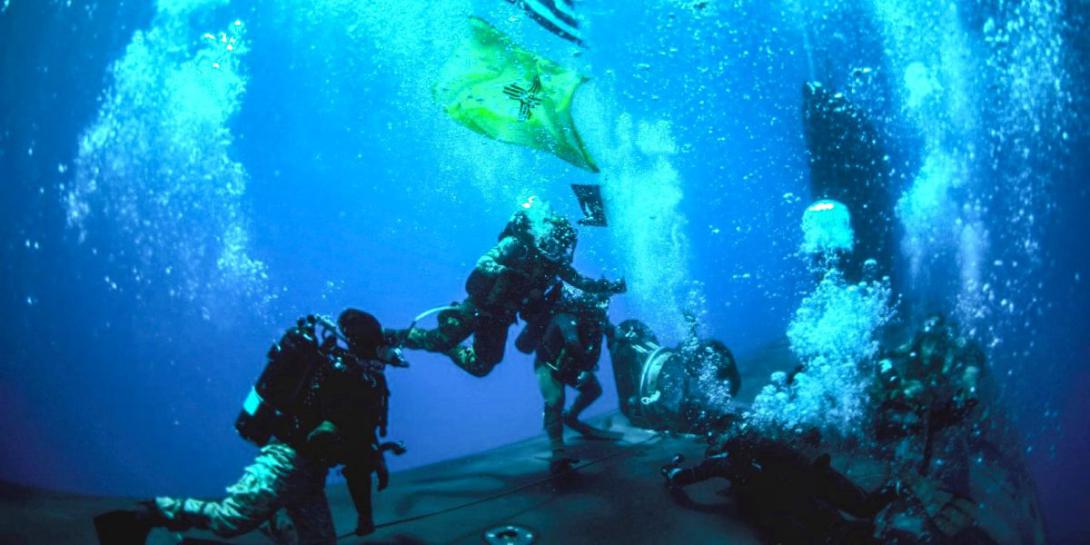
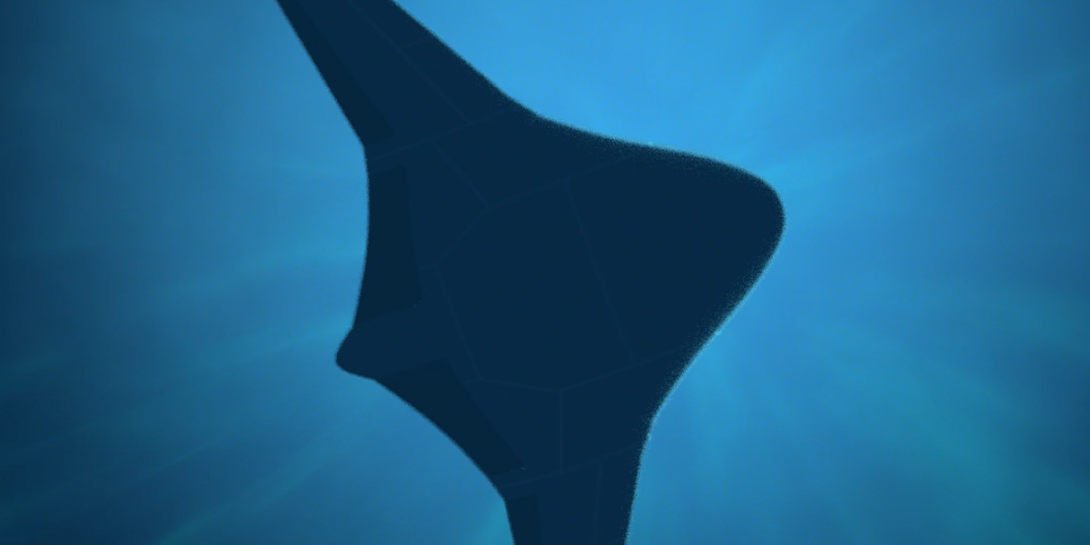
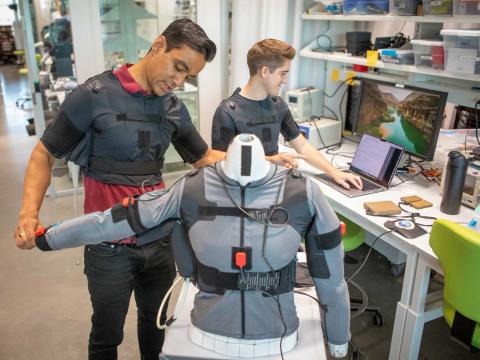
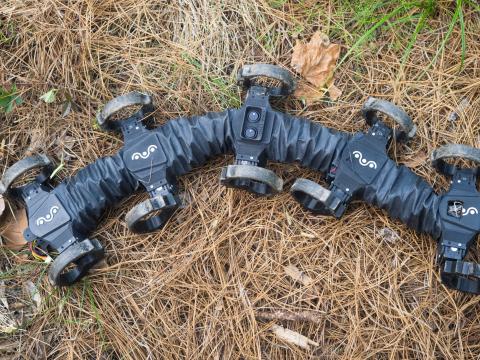
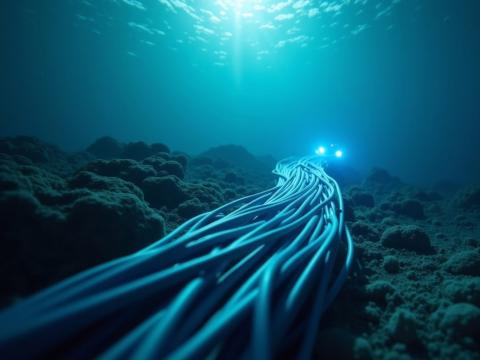

Comments